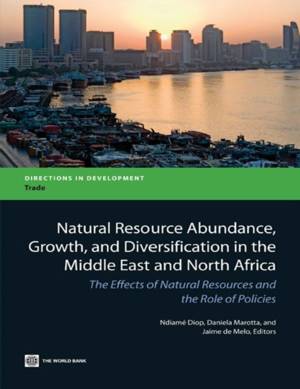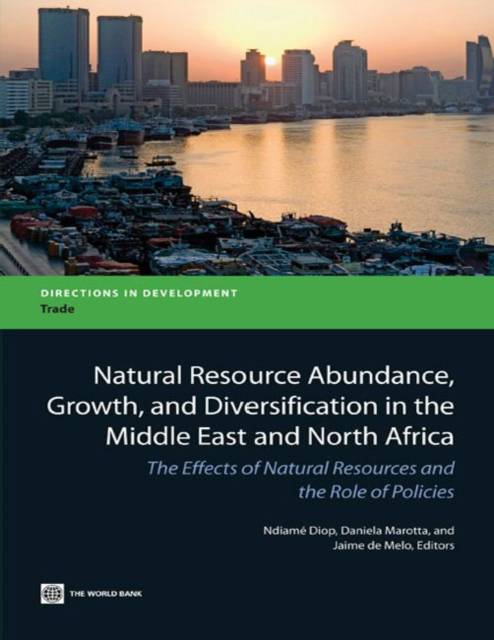
- Retrait gratuit dans votre magasin Club
- 7.000.000 titres dans notre catalogue
- Payer en toute sécurité
- Toujours un magasin près de chez vous
- Retrait gratuit dans votre magasin Club
- 7.000.0000 titres dans notre catalogue
- Payer en toute sécurité
- Toujours un magasin près de chez vous
Natural Resource Abundance, Growth, and Diversification in the Middle East and North Africa
50,95 €
+ 101 points
Description
MENA is one of the richest regions in the world in terms of natural resources: it holds more than 60 percent of the world's proven oil reserves, mostly located in the Gulf region, and nearly half of gas reserves. Oil represents 80-85 percent of merchandise exports in the region, making it highly depending on fluctuations in international prices. A long strand of economic literature has suggested that such dependence may hurt a country's growth prospects and the scope for job creation by reducing economic diversification.
Spécifications
Parties prenantes
- Editeur:
Contenu
- Nombre de pages :
- 224
- Langue:
- Anglais
- Collection :
Caractéristiques
- EAN:
- 9780821395912
- Date de parution :
- 31-10-12
- Format:
- Livre broché
- Format numérique:
- Trade paperback (VS)
- Dimensions :
- 152 mm x 229 mm
- Poids :
- 303 g

Les avis
Nous publions uniquement les avis qui respectent les conditions requises. Consultez nos conditions pour les avis.





